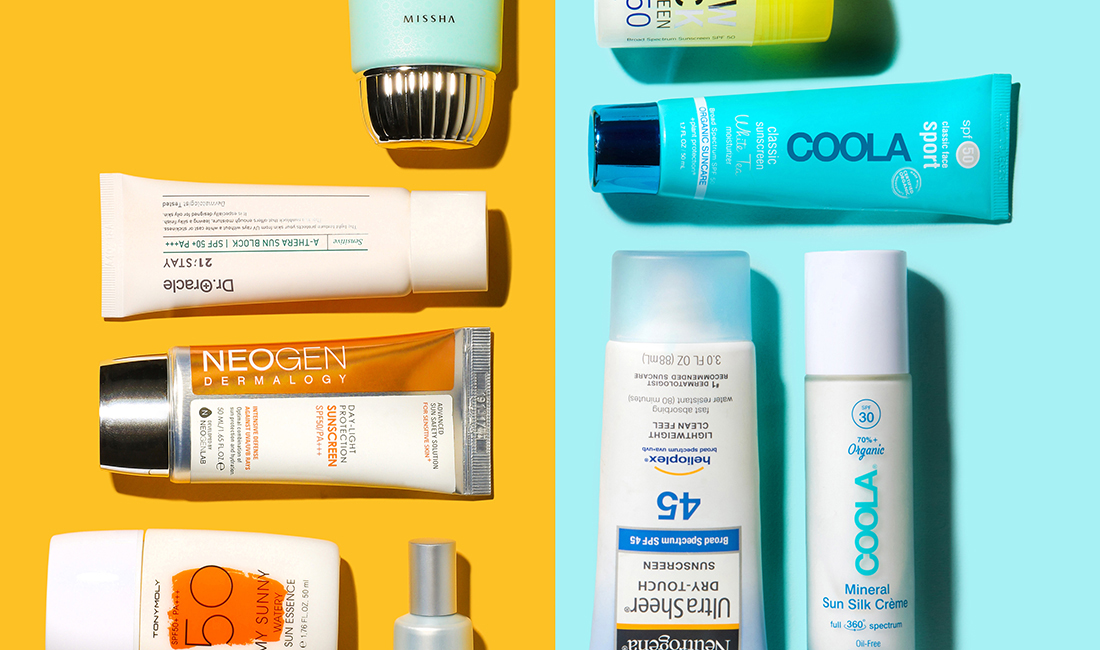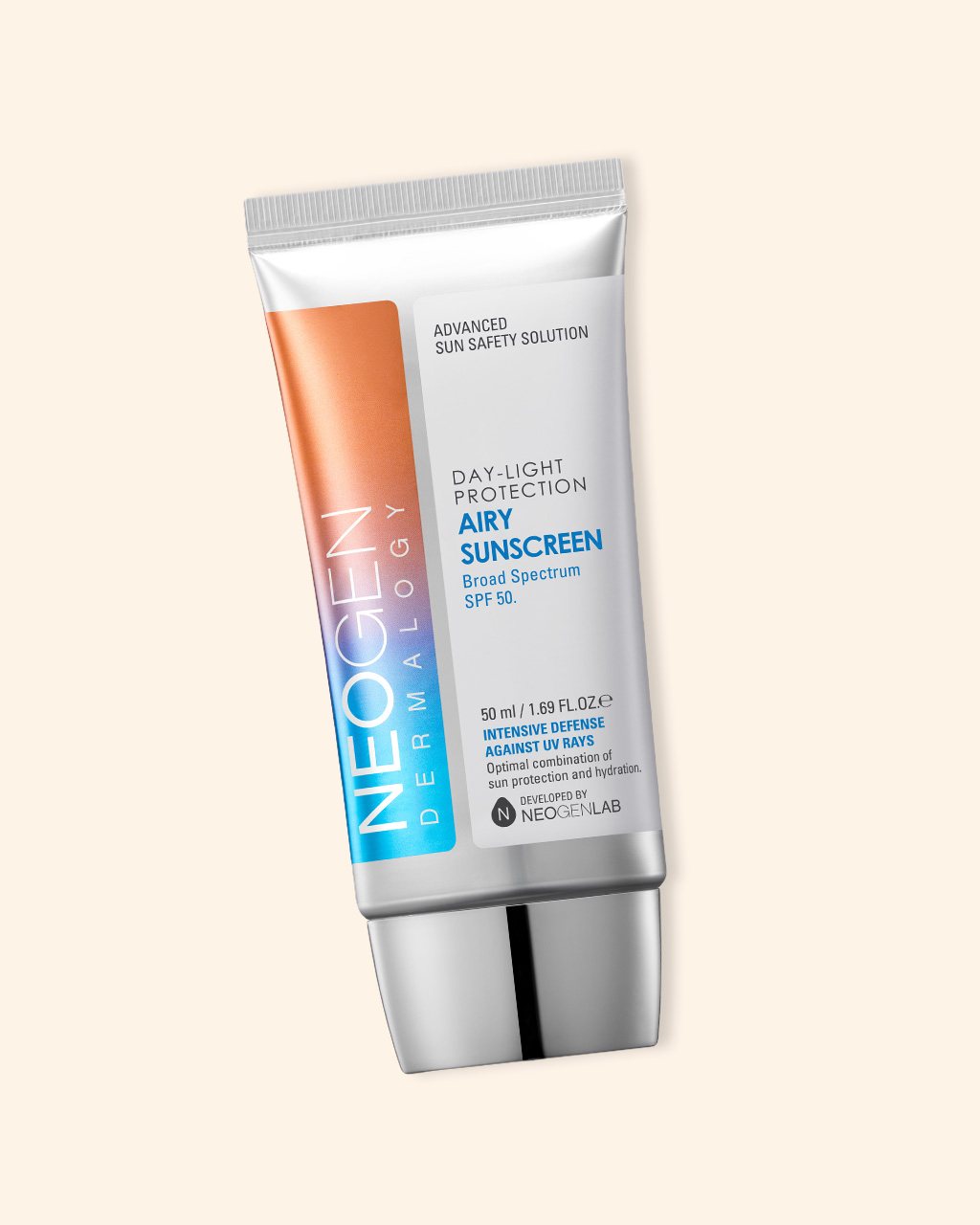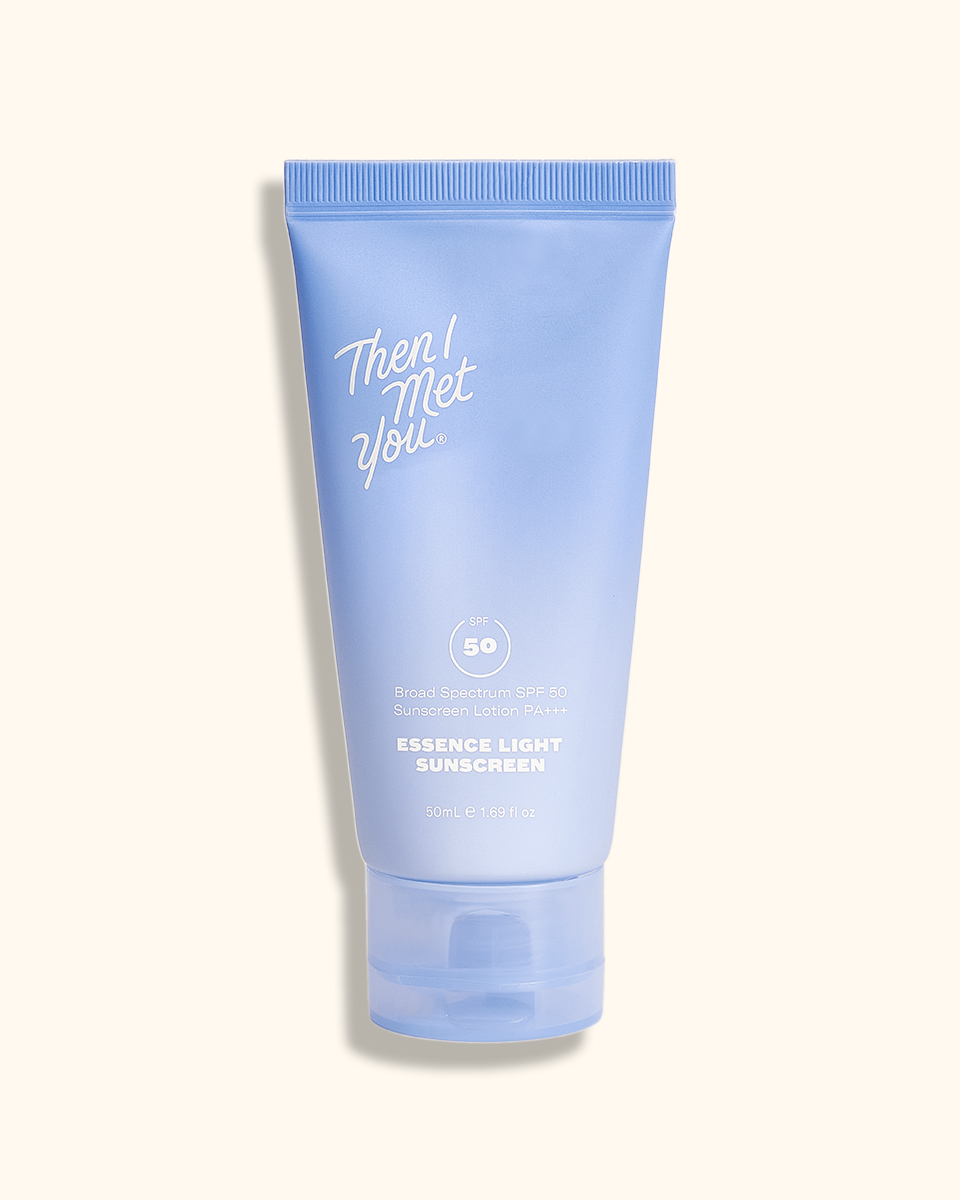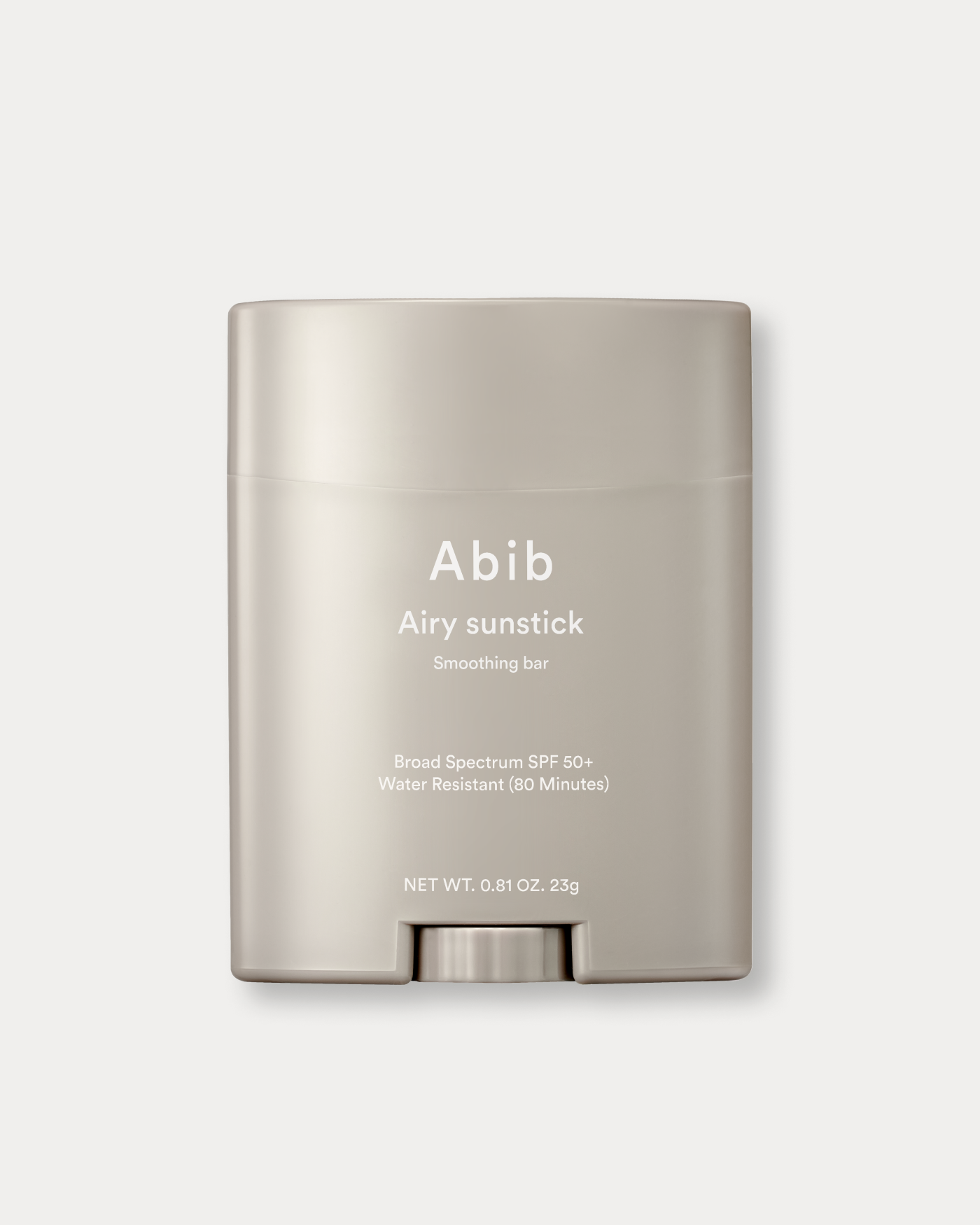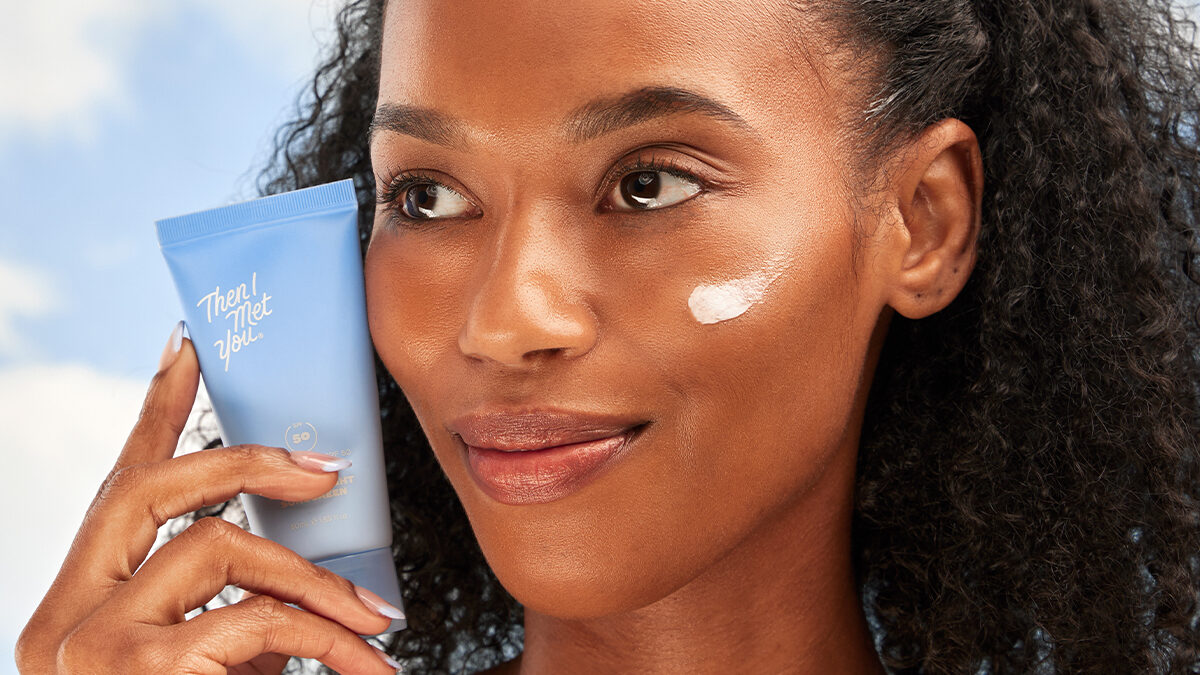
What makes Korean sunscreens so great? Read on to find out how they compare to American formulas.
If you were to compare the ingredient lists of a chemical sunscreen from an American brand to one from a Korean brand, you’d notice that the ingredient lists probably look a little different. In the U.S., ingredients like homosalate and avobenzone are common, while in Korea, filters like tinosorb and mexoryl are popular.
If you’re new to the world of K-beauty sunscreens, you might be wondering why you’ve never heard of the latter ingredients before and whether or not they are safe. We can explain.
The thing with the FDA…
In the United States, sunscreens are considered a drug by the FDA. “This means that ingredients require thorough testing and a formal drug approval process,” says Dr. Yunyoung Clare Chang, an NYC-based dermatologist. “On the other hand, sunscreen ingredients are considered ‘functional cosmetics’ in South Korea.”
Because of the classification – as well as the FDA being understaffed and underfunded- the ingredient approval process in the U.S. takes longer than it does elsewhere, delaying new, more innovative and potentially more effective ingredients from making their way into American formulations. The last one introduced into the market was back in 1999! As such, there are currently only 16 sunscreen ingredients approved in the United States (and the FDA recently announced that they are seeking additional data on 12 of them to ensure safety). In contrast, places like Asia and Europe have a much longer list to work with.
So does this mean sunscreens from Korea aren’t as safe?
“Sun-protective ingredients must undergo evaluations for safety and efficacy by the Korean FDA before being approved for manufacturing,” says Dr. Chang. In general, it just takes less time.
“There are a lot of regulatory hurdles for new ingredients to come to the U.S. market,” Dr. Annie Chiu, a California-based dermatologist adds. “It does not mean Korean sunscreens are less safe, but there is probably less bureaucracy involved. Generally, most sunscreen ingredients, even chemical ones, are safe and have been on the market for years.”
Okay, but why should I choose a Korean sunscreen?
Chemical filters commonly found in American sunscreens, like oxybenzone and octinoxate, have been the subject of controversy lately. Questions about their safety have been raised due to studies that suggested the ingredients can disrupt the endocrine system. It’s important to note, explains Dr. Chang, that because these studies were done on mice and at higher concentrations than humans would normally apply, more data is needed to make conclusions.
Related: Is Sunscreen Safe?
If you’re still wary about using products with these chemicals but you don’t love mineral sunscreen filters that can leave a white cast or clog pores, Korean sunscreens offer more options. Dr. Chiu calls tinosorb and mexoryl examples of “effective blockers” available in Korea. Not to mention these ingredients often have larger molecular sizes, so they don’t penetrate the skin as much, and they’re less irritating.
Korean formulas are also often more cosmetically elegant because brands are not beholden to using antiquated greasy, thick ingredients. “Korean sunscreens tend to be lighter in consistency and easier to apply, making it highly preferable for consumers,” says Dr. Chang. “There are also many tinted versions of Korean sunscreens as well as Korean-originated cosmetic products that contain SPF (like BB cream and cushion powders) that make them more useful and practical.”
Yet another reason is the rating system. Korean brands use the PA (Protection Grade of UVA rays) system, which measures UVA exposures, in addition to SPF, which measures UVB exposure. “When you are in the sun, it is broad spectrum, both UVA and UVB light, that ages the skin and can cause photo damage and skin cancers,” says Dr. Chiu. “But in the US, brands are not required to display the UVA protection.”
Bottom Line
Considering how protective Koreans are of their skin, it’s no surprise that K-beauty brands are responsible for some of the most game-changing sunscreen formulas out there. “As long as consumers are smart about reading the ingredients, checking for SPF and PA, and applying sunscreen appropriately (enough quantity, remembering to reapply every few hours), Korean sunscreens are a great option!” says Dr. Chang.
*Note: All sunscreens sold by Soko Glam are FDA-approved


